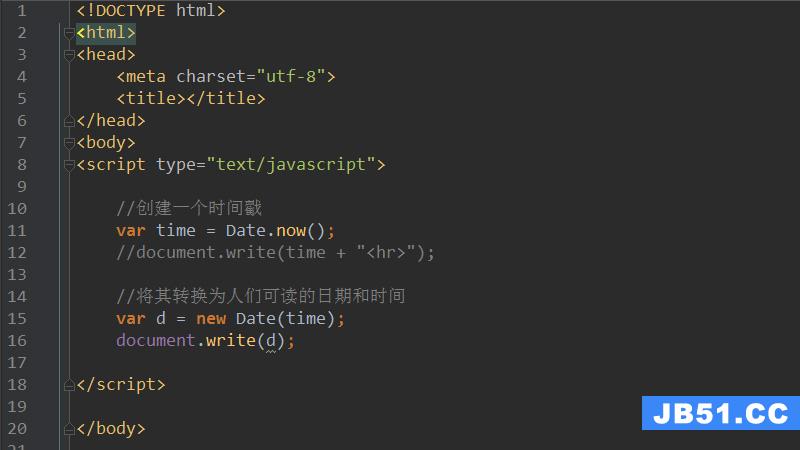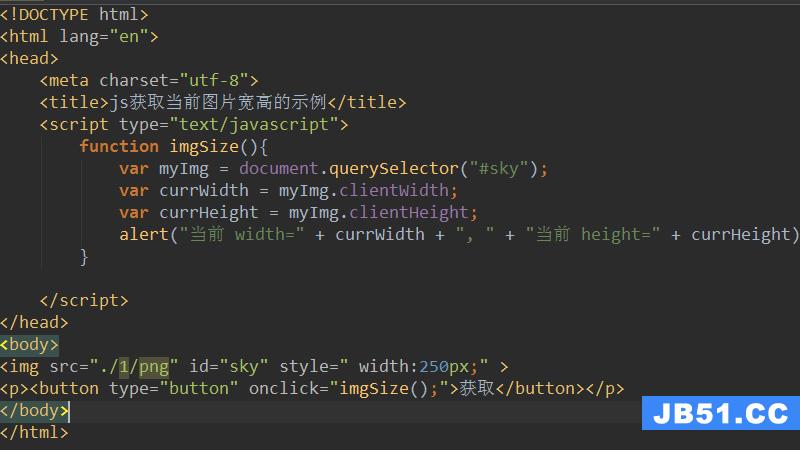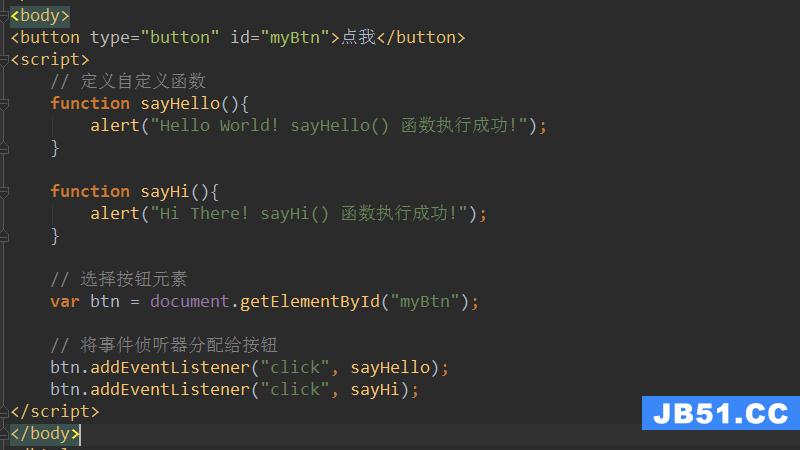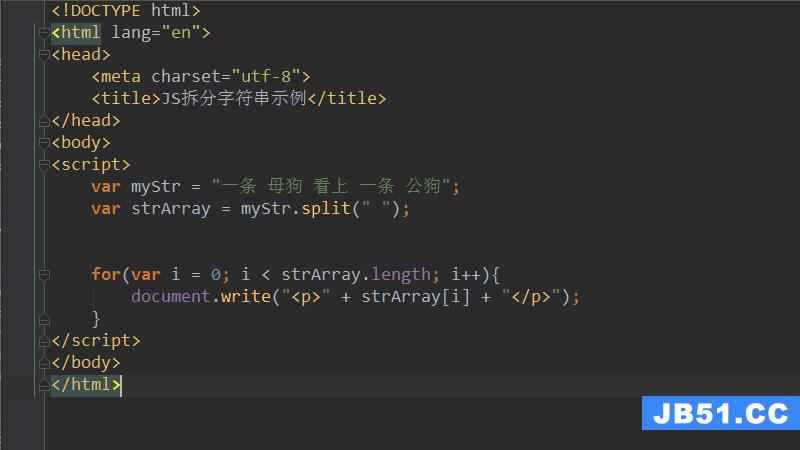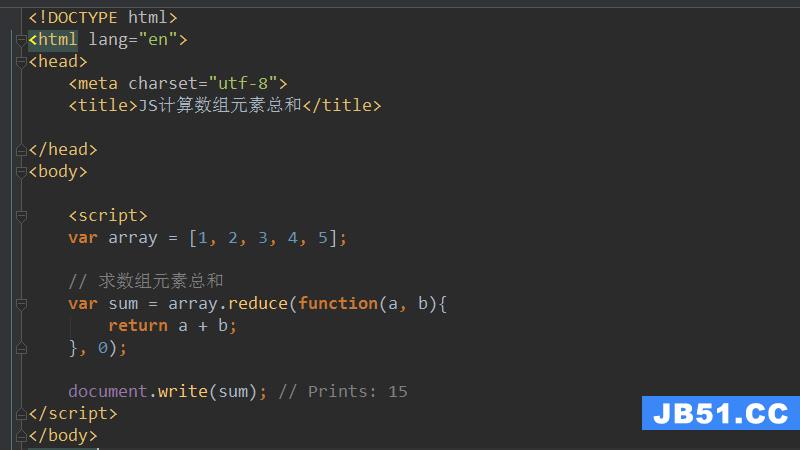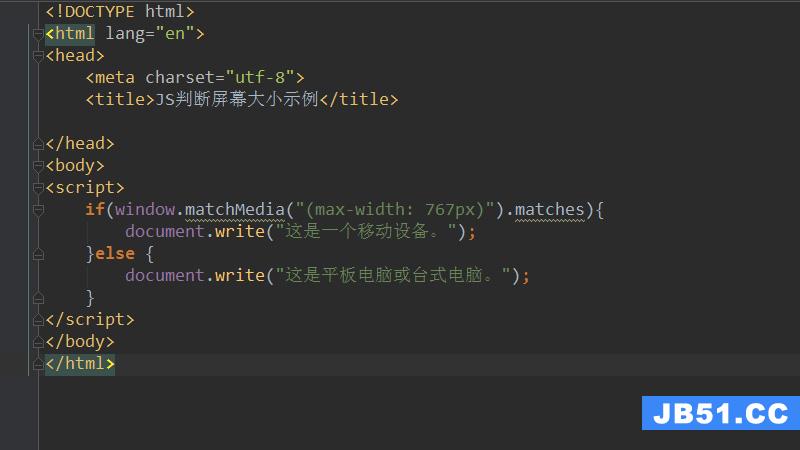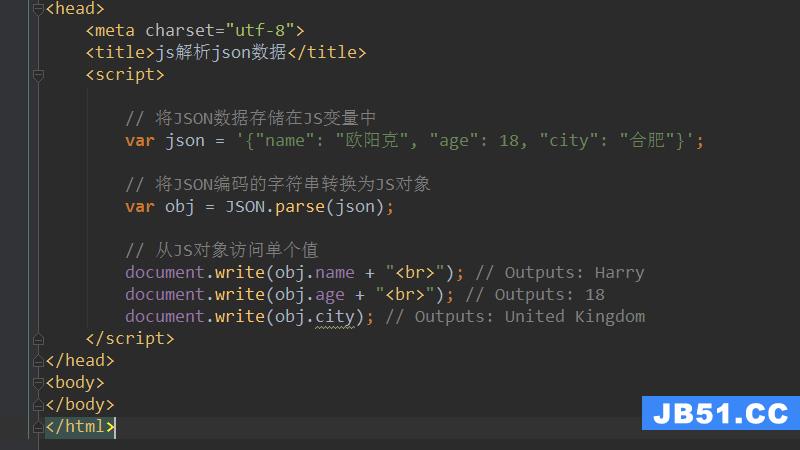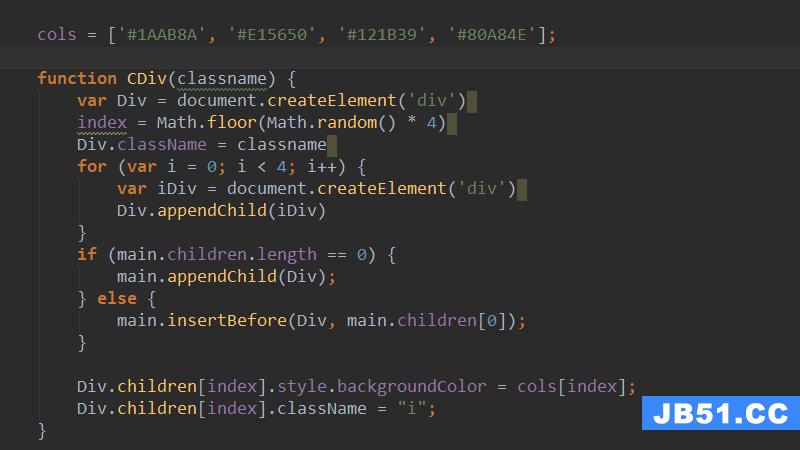前言
有时候需要根据URL来渲染不同组件,我所指的是在同一个URL地址中根据参数的变化显示不同的组件;这是利用Angular动态加载组件完成的,同时也会设法让这部分动态组件也支持AOT。
动态加载组件
下面以一个Step组件为示例,完成一个3个步骤的示例展示,并且可以通过URL user?step=step-one 的变化显示第N个步骤的内容。
1、resolveComponentFactory
首先,还是需要先创建动态加载组件模块。
constructor(private vcr: ViewContainerRef,private cfr: ComponentFactoryResolver) {}
@input() set data(data: { component: any,inputs?: { [key: string]: any } } ) {
const compFactory = this.cfr.resolveComponentFactory(data.component);
const component = this.vcr.createComponent(compFactory);
if (data.inputs) {
for (let key in data.inputs) {
component.instance[key] = data.inputs[key];
}
}
this.destroy();
this.currentComponent = component;
}
destroy() {
if (this.currentComponent) {
this.currentComponent.destroy();
this.currentComponent = null;
}
}
ngOnDestroy(): void {
this.destroy();
}
}
抛开一销毁动作不谈的话,实际就两行代码:
利用 ComponentFactoryResolver 查找提供组件的 ComponentFactory,而后利用这个工厂来创建实际的组件。
这一切都非常简单。
而对于一些基本的参数,是直接对组件实例进行赋值。
最后,还需要告诉Angular AOT编译器为用户动态组件提供工厂注册,否则 ComponentFactoryResolver 会找不到它们,最简单就是利用 NgModule.entryComponents 进行注册。
但这样其实还是挺奇怪的,entryComponents 本身可能还会存在其他组件。而动态加载组件本身是一个通用性非常强,因此,把它封装成名曰 StepModule 挺有必要的,这样的话,就可以创建一种看起来更舒服的方式。
通过利用 ANALYZE_FOR_ENTRY_COMPONENTS 将多个组件以更友好的方式动态注册至 entryComponents。
@NgModule({
declarations: [ ...COMPONENTS ],imports: [
StepModule.withComponents([ ...COMPONENTS ])
]
})
export class AppModule { }
2、一个示例
有3个Step步骤的组件,分别为:
Step One Component:params value: {{step}}
` }) export class UserOneComponent implements OnDestroy { private _step: string; @input() set step(str: string) { console.log('@Input step: ' + str); this._step = str; } get step() { return this._step; }ngOnInit() {
console.log('step one init');
}
ngOnDestroy(): void {
console.log('step one destroy');
}
}
user-two、user-third 略同,这里组件还需要进行注册:
@NgModule({
declarations: [ ...STEPCOMPONENTS ],imports: [
StepModule.withComponents([ ...STEPCOMPONENTS ])
]
})
export class AppModule { }
这里没有 entryComponents 字眼,而是为 StepModule 模块帮助我们动态注册。这样至少看起来更内聚一点,而且并不会与其他 entryComponents 在一起,待东西越多越不舒服。
最后,还需要 UserComponent 组件来维护步骤容器,会根据 URL 参数的变化,利用 StepComponent 组件动态加载相应组件。
非常简单的使用,而且又对AOT比较友好。
总结
文章里面一直都在提AOT,其实AOT是Angular为了提供速度与包大小而生的,按我们项目的经验来看至少在包的大小可以减少到 40% 以上。
当然,如果你是用angular cli开发,那么,当你进行 ng build --prod 的时候,默认就已经开启 AOT 编译模式。
好了,以上就是这篇文章的全部内容了,希望本文的内容对大家的学习或者工作能带来一定的帮助,如果有疑问大家可以留言交流,谢谢大家编程之家的支持。
版权声明:本文内容由互联网用户自发贡献,该文观点与技术仅代表作者本人。本站仅提供信息存储空间服务,不拥有所有权,不承担相关法律责任。如发现本站有涉嫌侵权/违法违规的内容, 请发送邮件至 dio@foxmail.com 举报,一经查实,本站将立刻删除。








